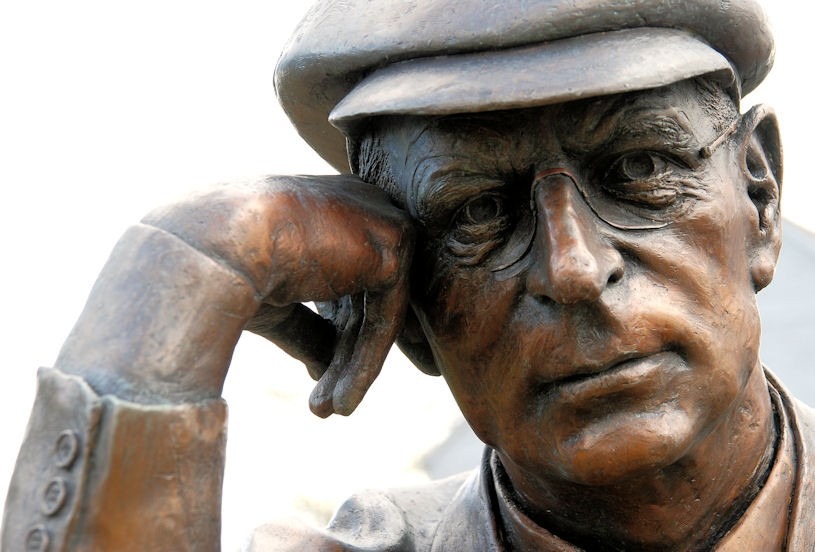
Coventry Society member Peter James tells us the interesting history of Harry Ferguson. Peter writes…..
Henry George Ferguson (always known as Harry) was born on 4th November 1884 at Growell near Dromore in County Down, Ireland. His father was a farmer and Harry grew up on the family farm. In 1909 while working in Belfast he built and flew his first aeroplane. Also in Belfast in 1911 he established his own business namely The May Street Motor Company. The company sold Vauxhall, Darracq, Star and Maxwell cars along with Overtime tractors. This company became Harry Ferguson Ltd. a year later in 1912.
After recognising limitations with separate ploughs and tractors Harry developed a new system. In 1917 he introduced a plough which could be rigidly attached to a Model T Ford car which enjoyed some success in the marketplace. Henry Ford the son of Irish immigrants from County Cork in Ireland had also grown up on a farm. The board of Ford Motor Company were not interested in building tractors so Henry set up Fordson in 1917.
Fordson had commenced tractor manufacture in Cork in 1919 and a year later Harry demonstrated a three-point linkage system there. This idea was patented in 1926 providing a standard system for attaching different farming implements to tractors.
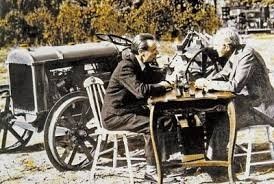
Henry Ford’s aim was to produce affordable lightweight tractors for the mass market.
He met with Harry Ferguson on the Fairlane Estate, Dearborn in 1938 where they reached an agreement to collaborate. This became known as the “handshake agreement” because it was verbal with no paperwork involved.
The main points agreed were:-
Ferguson would control design & development and resolve engineering issues.
Fordson would be the manufacturer initially in the USA.
Eventually tractors would also be built at UK sites.
Ferguson had the rights to sell globally.
The agreement could be terminated at any time by either party.
The Ford-Ferguson 2N and 9N were tractors built following the informal contract, commencing in June 1939. Both parties benefited using Ferguson technology and Fordson manufacturing. In 1947 the gentleman’s agreement was terminated by Henry Ford II the grandson of Henry Ford. In 1948 Harry Ferguson sued Ford for infringing patents and after a four year legal battle Ford settled out of court paying $9.25M. As part of the settlement Ford were allowed to carry on using some parts of the Ferguson system.
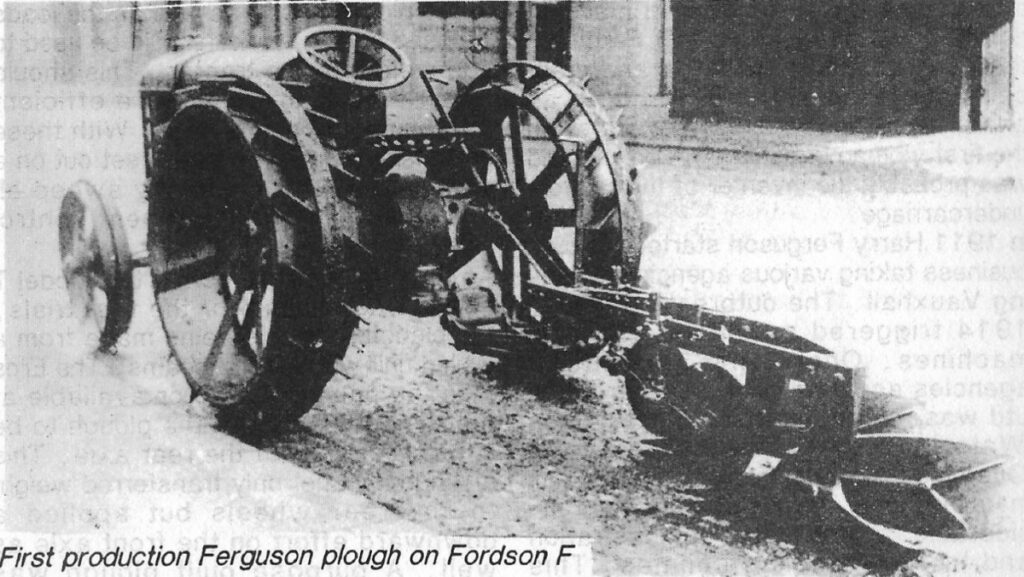
No Ford-Ferguson tractors were ever built at Dagenham as had been intended in the agreement. Harry Ferguson did a deal with Sir John Black of the Standard Motor Company. The Standard factory in Banner Lane Coventry had built Bristol Hercules aircraft engines during WW2 so Harry refitted it for tractor production. Build of the new TE20 tractor design started in autumn 1946 and continued for another 10 years. It was grey and commonly known as the “Fergie” with sales of over half a million units. There is an example in the Coventry Motor Museum.
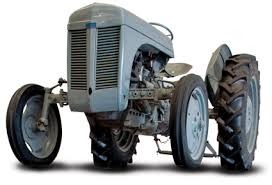
In 1953 Ferguson merged with Massey Harris and became Massey Harris Ferguson until 1958 when the company title changed to Massey Ferguson. Tractor production continued on this site until Christmas Eve 2002. At one time over 6,000 people had been employed at the Banner Lane facility producing 70,000 tractors a year. The site is now Bannerbrook Park – a housing estate where there is a plaque that was unveiled on 6th July 2014 which commemorates Massey Ferguson.
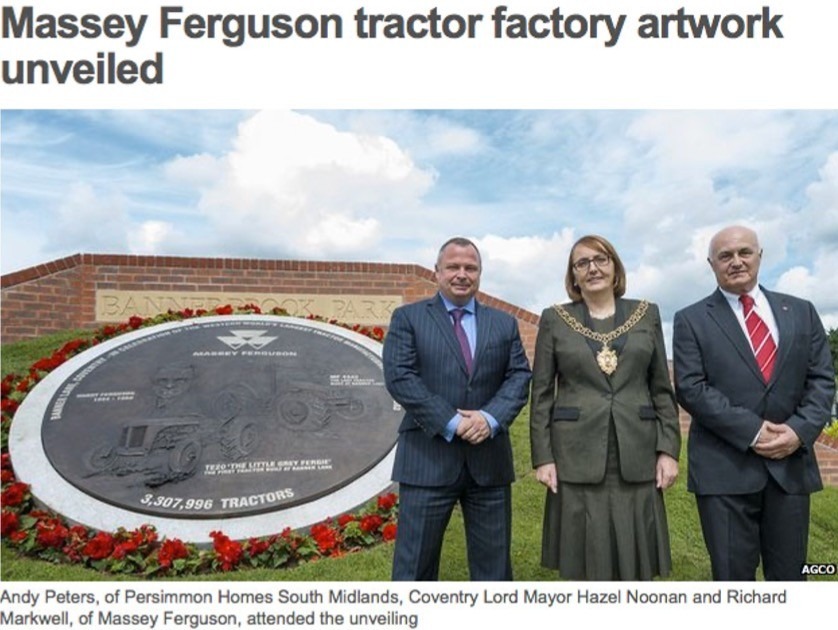
Comment by Paul Maddocks
“When I was working at the Transport Museum we had a very large special exhibition specially on Harry Ferguson and we had his four wheel drive cars and other things like he was the first Britain to fly in his own made plane in 1909. The last Ferguson tractor made in Coventry is at the museum along with his cars and of course the “Little Grey Fergie”. This attached short film explains how the Ferguson system works.”
